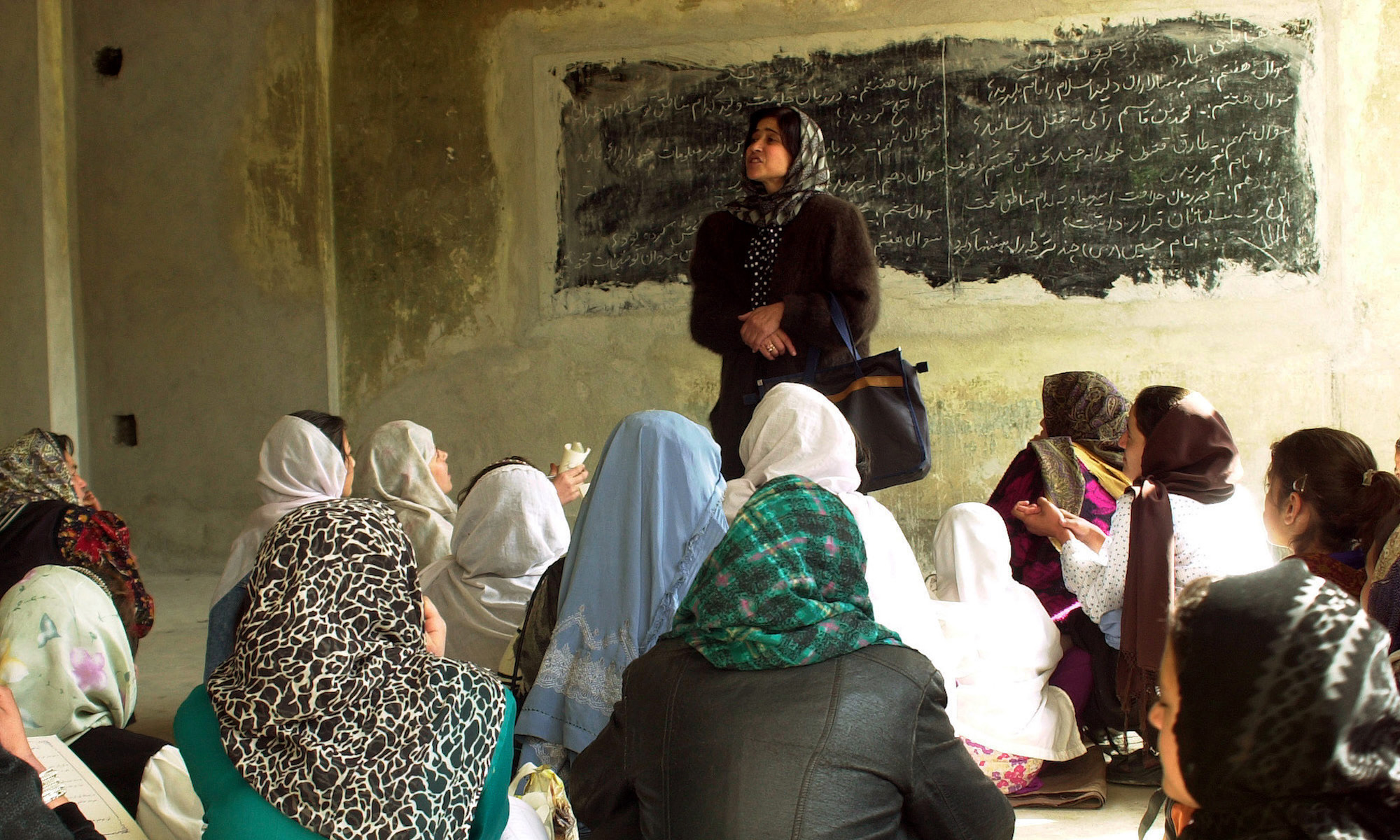The two volumes of Understanding Civil War build upon the World Bank’s prior research on conflict and violence, particularly on the work of Paul Collier and Anke Hoeffler, whose model of civil war onset has sparked much discussion on the relationship between conflict and development in what came to be known as the “greed” versus “grievance” debate. The authors systematically apply the Collier-Hoeffler model to 15 countries in 6 different regions of the world, using a comparative case study methodology to revise and expand upon economic models of civil war. (The countries selected are Burundi, Congo, Democratic Republic of Congo, Nigeria, Kenya, Mozambique, Sudan, Algeria, Mali, Senegal, Indonesia, Lebanon, Russian Federation, Colombia, Northern Ireland, Bosnia-Herzegovina, Macedonia, and the Caucasus.) The book concludes that the “greed” versus “grievance” debate should be abandoned for a more complex model that considers greed and grievance as inextricably fused motives for civil war.
The conventional wisdom in political science is that for a democracy to be consolidated, all groups must have a chance to attain power. If they do not then they will subvert democracy and choose to fight for power. In this paper we show that this wisdom is seriously incomplete because it considers absolute, not relative payoffs. Although the probability of winning an election increases with the size of a group, so does the probability of winning a fight. Thus in a situation where all groups have a high chance of winning an election, they may also have a high chance of winning a fight. Indeed, in a natural model, we show that democracy may never be consolidated in such a situation. Rather, democracy may only be stable when one group is dominant. We provide a test of a key aspect of our model using data from “La Violencia”, a political conflict in Colombia during the years 1946-1950 between the Liberal and Conservative parties. Consistent with our results, and contrary to the conventional wisdom, we show that fighting between the parties was more intense in municipalities where the support of the parties was more evenly balanced.
Colombia Peace Programmatic I. Demobilization and Reinsertion of Ex-Combatants in Colombia
This report presents the results of the study on the demobilization and reinsertion of excombatants from illegal armed groups in Colombia. The report describes and analyzes the Colombian case, compares it with international experience, discusses critical issues of the current program, and presents options to improve its design and implementation. The study responds to a request by the Colombian government to conduct an assessment of the previous and current approaches to demobilization and reinsertion in Colombia and, in light of national and international experience, to present options to improve the program. This study relied principally on secondary data and information from existing studies, essays, and press articles produced by government agencies, nongovernmental organizations, United Nations and bilateral agencies, specialized analysts, and media. The analysis also used primary information collected for the study, including: (1) information from interviews with government and non-government sources about the current condition of individuals demobilized during the 1990s; (2) the profiles of a sample of young excombatants (18-26 years old) enrolled in the current reinsertion program in Medellin and Bogota; (3) the assessment of the demobilization and reinsertion experience of the 1990s as viewed by leaders of existing foundations from four of the demobilized groups; and (4) a special work session held with 50 representatives from diverse private-sector associations and businesses. This study assesses Colombia’s experience using a framework of five interwoven phases from armed conflict to peace: prevention, demobilization, reinsertion, reintegration, and reconciliation. This framework together with accumulated national and international best practices in technical aspects of the operations of disarmament, demobilization, and reinsertion (DDR) programs are used in the analysis of the current Program of Demobilization and Reinsertion (PDR).
Colombia Essays on Conflict, Peace, and Development
A purpose of this book is to present recent World Bank analytical work on the causes of violence and conflict in Colombia, highlighting pilot lending programs oriented to promote peace and development. The Bank’s international experiences in post-conflict situations in different countries and their relevance for Colombia are also examined in this volume. The identification of socio-economic determinants of conflict, violence, and reforms for peace came about as a key element of the Bank’s assistance strategy for Colombia, defined in conjunction with government authorities and representatives of civil society. This report is organized as follows: After the introductory chapter, Chapter 2 provides a conceptual framework for understanding a broad spectrum of political, economic, and social violence issues; identifies the role played by both the country’s history and the unequal access to economic and political power in the outbreak and resilience of political violence; and examines as costs of violence the adverse impact on Colombia’s physical, natural, human, and social capital. Chapter 3 analyzes the costs of achieving peace and its fiscal implications; and indicates that exclusion and inequality rather than poverty as the main determinants of violence and armed conflict. Chapter 4 reviews the Bank’s experience in assisting countries that are experiencing, or have already overcome, domestic armed conflict. The authors illustrate the relevance of these cases for Colombia.
